Small Tattoos: The Ultimate Guide to Tiny, Meaningful Body Art
Updated: May 19, 2024
Small tattoos have been gaining tremendous popularity in recent years, with more and more people opting for these minimalist, discreet designs.
The appeal of small tattoos lies in their versatility, adaptability, and the ability to express personal meaning without the commitment of a large, conspicuous piece of body art.
One of the primary reasons behind the growing popularity of small tattoos is their subtle nature. Many individuals who are drawn to the idea of getting a tattoo may feel hesitant about committing to a large, visible design.
Small tattoos offer a perfect solution, allowing them to express themselves through body art while maintaining a sense of discretion. These tiny designs can be easily concealed when necessary, making them an ideal choice for professionals or those who prefer to keep their tattoos private.
Another factor contributing to the rise of small tattoos is the increasing appreciation for minimalist aesthetics. In a world where simplicity and understated elegance are highly valued, small tattoos perfectly embody these qualities.
Minimalist designs, such as delicate line work, geometric shapes, and simple symbols, have become increasingly sought-after in the tattoo industry. These clean, uncomplicated designs not only look sophisticated but also allow for a greater focus on the personal significance behind the tattoo.
The appeal of small tattoos extends beyond their visual allure; they also offer a more accessible and less intimidating introduction to the world of tattoos.
For those who are new to body art or uncertain about their pain tolerance, small tattoos provide a manageable starting point. The smaller size often translates to shorter tattoo sessions and a more tolerable pain level, making the experience less daunting for first-timers.

Moreover, small tattoos have become increasingly popular due to their versatility in placement. These compact designs can be inked on various parts of the body, allowing for creative expression and the ability to showcase the tattoo in different ways.
From delicate wrist tattoos to discreet behind-the-ear designs, small tattoos offer a wide range of placement options that cater to individual preferences and lifestyles.
In this comprehensive guide, we will delve into the fascinating world of small tattoos, exploring various aspects that make them so appealing and popular.
We will begin by discussing the process of choosing the perfect small tattoo design, considering factors such as personal significance, placement, and style.
We will also showcase a range of popular small tattoo ideas, from symbolic icons to minimalist quotes, providing inspiration for those seeking their ideal tiny tattoo.
Next, we will explore the ideal placements for small tattoos, examining the pros and cons of different body areas and offering guidance on selecting the most suitable location based on factors such as visibility, pain level, and tattoo longevity.
We will also take a closer look at the small tattoo process itself, from finding a skilled tattoo artist to understanding the techniques used and the aftercare required for these delicate designs.
Furthermore, we will address the unique challenges and considerations associated with caring for small tattoos, such as faster fading due to less ink and the potential for blowouts or distortion.
We will provide essential tips and advice on maintaining the appearance and longevity of your small tattoo, ensuring that it remains a beautiful and meaningful addition to your body art collection.
Finally, we will conclude the guide by addressing some of the most frequently asked questions about small tattoos, offering insights on topics such as cost, healing time, and the possibility of removal or cover-ups.
By the end of this comprehensive exploration, readers will have a thorough understanding of the allure and intricacies of small tattoos, empowering them to make informed decisions when considering these captivating and meaningful tiny works of art.
Choosing the Perfect Small Tattoo Design

Choosing the perfect small tattoo design is a crucial step in the journey of getting inked. When it comes to small tattoos, the design selection process requires careful consideration to ensure that the final result is both meaningful and visually appealing.
One of the most important factors to consider when selecting a small tattoo design is its personal significance.
A small tattoo may be tiny in size, but it can hold immense sentimental value. Take the time to reflect on what truly matters to you, whether it's a cherished memory, a personal mantra, or a symbol that represents your values or beliefs.
By choosing a design that resonates with you on a deep, emotional level, your small tattoo will serve as a constant reminder of what's important in your life.
Another key consideration when choosing a small tattoo design is the placement on your body. The location of your tattoo can significantly impact its overall appearance and the way it complements your body's natural contours.
Popular placements for small tattoos include the wrist, ankle, behind the ear, and finger. Each location has its own unique advantages and challenges.
For example, a small tattoo on the wrist can be easily visible and serve as a daily reminder, while a tattoo behind the ear offers a more discreet and intimate placement.
Consider your personal style, lifestyle, and the level of visibility you're comfortable with when deciding on the placement of your small tattoo.
The style and aesthetics of your small tattoo design are equally important considerations. Small tattoos offer a wide range of artistic possibilities, from intricate and detailed designs to minimalist and abstract concepts.
Popular styles for small tattoos include symbols and icons, such as anchors, arrows, or infinity signs. These simple yet powerful symbols can convey a variety of meanings, from stability and direction to eternal love and connection.
Minimalist geometric shapes, such as triangles, circles, or lines, have also gained popularity in recent years. These clean and modern designs can create a striking visual impact while maintaining a sense of simplicity and elegance.
For those drawn to nature-inspired designs, delicate floral and botanical elements make beautiful small tattoos.
Tiny flowers, leaves, or vines can be intricately detailed or stylized for a more abstract look. These designs often symbolize growth, beauty, and the cyclical nature of life.
Another popular choice for small tattoos is tiny text or quotes. Whether it's a single word, a short phrase, or a meaningful date, text-based tattoos allow you to carry a personal message or reminder with you at all times.
The key to successful text tattoos is choosing a legible font and ensuring that the tattoo artist has experience in creating crisp, clear lettering at a small scale.
When selecting a small tattoo design, it's essential to work closely with a skilled tattoo artist who specializes in creating detailed, precise artwork.
A talented artist can help you refine your ideas and bring your vision to life, ensuring that your small tattoo is executed flawlessly.
During the consultation process, share your inspirations, preferences, and any reference images you may have.
Be open to the artist's suggestions and trust in their expertise, as they can offer valuable insights on composition, placement, and technical feasibility.
When collaborating with a tattoo artist on a custom small tattoo design, clear communication is key. Discuss your expectations, desired style, and any specific elements you want to incorporate.
If you have a particular image or concept in mind, provide the artist with as much detail as possible. However, also be open to their creative input and allow them some artistic freedom to interpret your ideas in a way that translates well into a small tattoo design.
Remember that certain intricate details may need to be simplified or adapted to work effectively at a smaller scale.
It's also crucial to consider the long-term aspects of your small tattoo design. While small tattoos are generally less prone to aging compared to larger pieces, certain design elements may be more susceptible to fading or blurring over time.
Fine lines, intricate details, and certain color combinations may not hold up as well in the long run. Discuss these concerns with your tattoo artist and ask for their recommendations on design choices that will maintain their clarity and vibrancy over the years.
Once you've settled on a design, take the time to review the final artwork carefully before proceeding with the tattoo. Ensure that all the elements are exactly as you envisioned and that the size and placement are perfect.
Don't hesitate to request any necessary adjustments or refinements until you're completely satisfied with the design. Remember, a small tattoo may be tiny, but it's a permanent addition to your body, so it's essential to get it just right.
In addition to the design itself, consider the overall composition and flow of your small tattoo. A well-balanced and harmonious design will not only look more aesthetically pleasing but also age better over time.
Pay attention to the placement of the tattoo in relation to your body's natural lines and contours. A skilled tattoo artist will be able to guide you in creating a design that complements your unique anatomy and enhances the overall visual impact of your small tattoo.
When it comes to small tattoos, less can often be more. While it may be tempting to cram multiple elements or intricate details into a tiny space, a simpler design can sometimes make a bigger statement.
Focus on the core essence of your desired tattoo and strip away any unnecessary complexity. A minimalist approach can result in a small tattoo that is both striking and timeless, allowing the meaning and symbolism to shine through without being overshadowed by excessive intricacy.
Ultimately, the perfect small tattoo design is one that holds deep personal significance, complements your individual style, and is executed with skill and precision.
By taking the time to carefully consider your options, collaborating closely with a talented tattoo artist, and trusting your instincts, you can create a small tattoo that you'll cherish for a lifetime. Remember, a small tattoo may be tiny in size, but it has the power to make a big impact on your self-expression and personal journey.
Ideal Placements for Small Tattoos

When it comes to choosing the ideal placement for your small tattoo, several factors come into play. The location of your tattoo can significantly impact its visibility, the level of pain experienced during the tattooing process, and the longevity of the design. One of the primary considerations is the level of visibility and discretion you desire.
Small tattoos offer the advantage of being easily concealed, making them a popular choice for those who want the option to keep their body art private.
If you work in a professional setting or have personal reasons for keeping your tattoo hidden, consider placements that can be easily covered by clothing, such as the ribcage, hip, or upper thigh.
Another factor to consider when selecting a placement for your small tattoo is the level of pain you're willing to endure. While pain tolerance varies from person to person, certain areas of the body are generally known to be more sensitive than others.
Placements with less flesh and more nerve endings, such as the ribcage, ankle, or behind the ear, may be more painful compared to meatier areas like the upper arm or thigh. If you have a low pain tolerance, opting for a placement with more muscle and fat, such as the upper arm or calf, may be more comfortable during the tattooing process.
The longevity of your small tattoo is another important consideration when choosing a placement. Certain areas of the body are more prone to friction, stretching, and exposure to the elements, which can lead to faster fading or blurring of the tattoo over time.
Placements like the wrist, fingers, and feet are more susceptible to wear and tear due to constant movement and exposure. On the other hand, areas with less friction and more stable skin, such as the upper arm or back, tend to retain the clarity and vibrancy of the tattoo for a longer period.
One of the most popular placements for small tattoos is the wrist. A wrist tattoo is a versatile and easily visible option, allowing you to showcase your body art with a simple glance. It's a great placement for meaningful symbols, delicate designs, or short quotes.
However, the wrist is also a highly visible area, so if discretion is a concern, you may need to cover it with clothing or accessories in certain situations.
Additionally, the wrist is a relatively bony area with thin skin, which can make the tattooing process more painful compared to other placements.
Another favored placement for small tattoos is the ankle. An ankle tattoo can be a subtle and feminine choice, particularly for designs like small flowers, butterflies, or geometric shapes. It's a placement that can be easily hidden with socks or long pants when needed, making it a versatile option for those who want the flexibility to conceal their tattoo.
However, the ankle is also a bony area with limited space, so the design may need to be adapted to fit the contours of the ankle. It's also a placement that may experience more friction from shoes and socks, which can lead to faster fading over time.
Behind the ear is a discreet and intimate placement for small tattoos. It's a great option for those who want a hidden tattoo that can be revealed when desired, such as by pulling back the hair.
This placement is well-suited for delicate designs, such as small stars, hearts, or initials. However, the area behind the ear is known to be quite painful due to the thin skin and proximity to bone. It's also a placement that may be more challenging for the tattoo artist to work on, given the limited space and curved surface.
Finger tattoos have gained popularity in recent years, particularly for small, minimalist designs. A finger tattoo can be a bold and edgy choice, allowing you to express yourself through a tiny, yet visible piece of body art. However, finger tattoos come with their own set of challenges.
The skin on the fingers is constantly exposed to friction, water, and other elements, which can lead to faster fading and blurring of the tattoo.
Finger tattoos may require more frequent touch-ups to maintain their clarity. Additionally, the fingers have a high concentration of nerve endings, making the tattooing process quite painful.
The collarbone is another popular placement for small tattoos, particularly for those who want a delicate and feminine look. This placement is well-suited for designs like small quotes, floral elements, or bird silhouettes.
The collarbone area offers a relatively flat surface for the tattoo artist to work on, allowing for precise and detailed designs.
However, the collarbone is also a bony area with thin skin, which can make the tattooing process more painful. It's also a placement that may be more visible, depending on the neckline of your clothing.
When considering the pros and cons of each placement option, it's essential to weigh your personal preferences and lifestyle. If you want a small tattoo that you can easily show off, placements like the wrist or ankle may be more suitable.
On the other hand, if you prefer a more discreet tattoo that can be hidden when needed, placements like behind the ear or on the ribcage may be a better fit. Consider the level of visibility you're comfortable with and how the tattoo will integrate into your daily life and professional setting.
It's also crucial to think about the long-term aspects of each placement. Areas with more friction and exposure, such as the fingers or feet, may require more frequent touch-ups to maintain the clarity of the tattoo.
On the other hand, placements with more stable skin and less friction, like the upper arm or back, may offer better longevity for your small tattoo. Discuss these considerations with your tattoo artist and ask for their recommendations based on your specific design and lifestyle.
Ultimately, the ideal placement for your small tattoo is a personal decision that should align with your individual style, comfort level, and long-term goals. Take the time to carefully consider the visibility, pain level, and longevity of each placement option.
Don't hesitate to consult with your tattoo artist and ask for their expert opinion on which placement would work best for your desired design and body type. Remember, a small tattoo may be tiny, but its placement can have a significant impact on its overall appearance and how it complements your unique self-expression.
The Small Tattoo Process

When it comes to choosing the ideal placement for your small tattoo, several factors come into play. The location of your tattoo can significantly impact its visibility, the level of pain experienced during the tattooing process, and the longevity of the design.
One of the primary considerations is the level of visibility and discretion you desire. Small tattoos offer the advantage of being easily concealed, making them a popular choice for those who want the option to keep their body art private.
If you work in a professional setting or have personal reasons for keeping your tattoo hidden, consider placements that can be easily covered by clothing, such as the ribcage, hip, or upper thigh.
Another factor to consider when selecting a placement for your small tattoo is the level of pain you're willing to endure. While pain tolerance varies from person to person, certain areas of the body are generally known to be more sensitive than others.
Placements with less flesh and more nerve endings, such as the ribcage, ankle, or behind the ear, may be more painful compared to meatier areas like the upper arm or thigh.
If you have a low pain tolerance, opting for a placement with more muscle and fat, such as the upper arm or calf, may be more comfortable during the tattooing process
The longevity of your small tattoo is another important consideration when choosing a placement. Certain areas of the body are more prone to friction, stretching, and exposure to the elements, which can lead to faster fading or blurring of the tattoo over time.
Placements like the wrist, fingers, and feet are more susceptible to wear and tear due to constant movement and exposure. On the other hand, areas with less friction and more stable skin, such as the upper arm or back, tend to retain the clarity and vibrancy of the tattoo for a longer period.
One of the most popular placements for small tattoos is the wrist. A wrist tattoo is a versatile and easily visible option, allowing you to showcase your body art with a simple glance. It's a great placement for meaningful symbols, delicate designs, or short quotes.
However, the wrist is also a highly visible area, so if discretion is a concern, you may need to cover it with clothing or accessories in certain situations.
Additionally, the wrist is a relatively bony area with thin skin, which can make the tattooing process more painful compared to other placements.
Another favored placement for small tattoos is the ankle.
An ankle tattoo can be a subtle and feminine choice, particularly for designs like small flowers, butterflies, or geometric shapes. It's a placement that can be easily hidden with socks or long pants when needed, making it a versatile option for those who want the flexibility to conceal their tattoo.
However, the ankle is also a bony area with limited space, so the design may need to be adapted to fit the contours of the ankle. It's also a placement that may experience more friction from shoes and socks, which can lead to faster fading over time.
Behind the ear is a discreet and intimate placement for small tattoos. It's a great option for those who want a hidden tattoo that can be revealed when desired, such as by pulling back the hair. This placement is well-suited for delicate designs, such as small stars, hearts, or initials.
However, the area behind the ear is known to be quite painful due to the thin skin and proximity to bone. It's also a placement that may be more challenging for the tattoo artist to work on, given the limited space and curved surface.
Finger tattoos have gained popularity in recent years, particularly for small, minimalist designs. A finger tattoo can be a bold and edgy choice, allowing you to express yourself through a tiny, yet visible piece of body art. However, finger tattoos come with their own set of challenges.
The skin on the fingers is constantly exposed to friction, water, and other elements, which can lead to faster fading and blurring of the tattoo. Finger tattoos may require more frequent touch-ups to maintain their clarity. Additionally, the fingers have a high concentration of nerve endings, making the tattooing process quite painful.
The collarbone is another popular placement for small tattoos, particularly for those who want a delicate and feminine look. This placement is well-suited for designs like small quotes, floral elements, or bird silhouettes.
The collarbone area offers a relatively flat surface for the tattoo artist to work on, allowing for precise and detailed designs. However, the collarbone is also a bony area with thin skin, which can make the tattooing process more painful. It's also a placement that may be more visible, depending on the neckline of your clothing.
When considering the pros and cons of each placement option, it's essential to weigh your personal preferences and lifestyle. If you want a small tattoo that you can easily show off, placements like the wrist or ankle may be more suitable.
On the other hand, if you prefer a more discreet tattoo that can be hidden when needed, placements like behind the ear or on the ribcage may be a better fit. Consider the level of visibility you're comfortable with and how the tattoo will integrate into your daily life and professional setting.
It's also crucial to think about the long-term aspects of each placement. Areas with more friction and exposure, such as the fingers or feet, may require more frequent touch-ups to maintain the clarity of the tattoo.
On the other hand, placements with more stable skin and less friction, like the upper arm or back, may offer better longevity for your small tattoo. Discuss these considerations with your tattoo artist and ask for their recommendations based on your specific design and lifestyle.
Ultimately, the ideal placement for your small tattoo is a personal decision that should align with your individual style, comfort level, and long-term goals. Take the time to carefully consider the visibility, pain level, and longevity of each placement option.
Don't hesitate to consult with your tattoo artist and ask for their expert opinion on which placement would work best for your desired design and body type.
Remember, a small tattoo may be tiny, but its placement can have a significant impact on its overall appearance and how it complements your unique self-expression.
Caring for Your Small Tattoo

Caring for your small tattoo is crucial to ensure its longevity, vibrancy, and overall appearance. While small tattoos may require less extensive aftercare compared to larger pieces, they still demand attention and diligence to heal properly and maintain their quality over time.
Immediately after getting your small tattoo, it's essential to follow the aftercare instructions provided by your tattoo artist. These guidelines are designed to promote optimal healing and prevent complications such as infection or excessive scabbing.
One of the most important aspects of immediate aftercare for small tattoos is keeping the area clean and moisturized. Your tattoo artist will typically apply a thin layer of ointment and cover the tattoo with a protective bandage or wrap.
After a few hours, you'll need to gently remove the bandage and clean the tattoo with lukewarm water and a mild, fragrance-free soap. Be sure to pat the area dry with a clean, soft towel, and avoid rubbing or scrubbing the tattoo, as this can cause irritation and damage to the delicate skin.
After cleaning, apply a thin layer of a recommended tattoo aftercare product, such as a fragrance-free moisturizer or a specialized tattoo balm. These products help keep the skin hydrated, promote healing, and prevent excessive dryness or scabbing.
However, be cautious not to over-moisturize, as this can lead to clogged pores and hinder the healing process. A small amount of moisturizer applied a few times a day is usually sufficient.
Protecting your small tattoo from damage is another crucial aspect of immediate aftercare. Avoid exposing the tattoo to direct sunlight, as UV rays can cause fading and damage to the delicate ink.
When going outdoors, cover the tattoo with loose, breathable clothing or apply a broad-spectrum sunscreen with a high SPF once the tattoo has fully healed.
Additionally, refrain from soaking the tattoo in water, such as swimming pools, hot tubs, or baths, until it has completely healed, as this can introduce bacteria and cause infection.
As your small tattoo heals, it's normal to experience some itching, flaking, and scabbing. Resist the temptation to scratch or pick at the tattoo, as this can lead to scarring, infection, or loss of ink.
Instead, gently pat the area with a clean hand or apply a cold compress to alleviate any discomfort.
If you notice any signs of infection, such as excessive redness, swelling, or discharge, contact your tattoo artist or a healthcare professional immediately.
Once your small tattoo has fully healed, typically within 2-4 weeks, it's important to continue with long-term care to maintain its appearance and vibrancy. One of the key aspects of long-term care is protecting the tattoo from sun exposure.
UV rays can cause the ink to fade and blur over time, particularly in small tattoos with delicate lines and details. Make a habit of applying a high-quality sunscreen to the tattooed area whenever you'll be spending time outdoors, even on cloudy days.
Moisturizing your small tattoo regularly is another essential component of long-term care.
As the skin naturally sheds and regenerates, keeping the tattooed area hydrated helps maintain the tattoo's clarity and prevents excessive dryness or flaking.
Use a gentle, fragrance-free moisturizer or a specialized tattoo aftercare product to keep the skin supple and nourished. However, avoid using products with harsh chemicals or ingredients that may irritate the skin or cause the ink to fade.
Over time, even with diligent care, small tattoos may experience some fading or loss of detail. This is particularly common in areas with high friction or exposure, such as the fingers, feet, or wrists. Touch-ups may be necessary to restore the vibrancy and clarity of the tattoo.
Consult with your tattoo artist about the best time to schedule a touch-up session, as they can assess the tattoo's condition and determine whether it needs refreshing.
Small tattoos also face unique challenges due to their size and intricacy. One of these challenges is faster fading compared to larger tattoos. With less ink deposited into the skin, small tattoos may lose their vibrancy and sharpness more quickly.
To combat this, be extra diligent with sun protection and moisturizing, and consider touch-ups as needed to maintain the tattoo's appearance.
Another potential issue with small tattoos is the risk of blowouts or distortion. Blowouts occur when the ink spreads beyond the intended lines, causing a blurry or smudged appearance. This can be more noticeable in small tattoos with delicate lines or intricate details.
To minimize the risk of blowouts, choose a skilled tattoo artist who has experience working with small, detailed designs.
They will know the appropriate techniques and needle sizes to use to ensure crisp, clean lines.
If you do experience a blowout or distortion in your small tattoo, don't panic. In some cases, the tattoo may settle and improve as it heals.
However, if the issue persists, consult with your tattoo artist about potential solutions, such as touch-ups or reworking the design to camouflage the affected area. A skilled artist can often find creative ways to address these challenges and restore the tattoo's appearance.
Ultimately, caring for your small tattoo requires a combination of immediate aftercare, long-term maintenance, and attention to the unique challenges that come with these delicate designs.
By following the proper cleaning and moisturizing techniques, protecting the tattoo from damage, and being proactive about touch-ups and sun protection, you can ensure that your small tattoo remains a beautiful and meaningful part of your body art collection for years to come.
Remember, a small tattoo may require a bit more TLC, but the effort is well worth it to preserve the artistry and significance of your tiny masterpiece.
Conclusion

In conclusion, choosing and caring for a small tattoo is a journey that requires careful consideration, planning, and dedication. Throughout this guide, we've explored the various aspects of selecting the perfect small tattoo design, from considering its personal significance to collaborating with a skilled tattoo artist to bring your vision to life.
We've also delved into the importance of placement, discussing the factors to consider when choosing the ideal location for your small tattoo, such as visibility, pain level, and longevity.
Moreover, we've emphasized the crucial role of aftercare in ensuring the longevity and vibrancy of your small tattoo. From immediate post-tattoo care, such as cleaning and moisturizing, to long-term maintenance, like sun protection and touch-ups, each step plays a vital role in preserving the beauty and integrity of your tiny work of art.
We've also addressed the unique challenges that come with small tattoos, such as faster fading and the potential for blowouts or distortion, and provided guidance on how to navigate these issues.
As you embark on your small tattoo journey, remember to approach the process with thoughtfulness and intention. Take the time to reflect on the meaning and symbolism you want to convey through your tattoo, and don't rush the design process.
Collaborate closely with your chosen tattoo artist, trust in their expertise, and be open to their creative input. Consider the placement carefully, weighing factors like visibility, pain level, and how the tattoo will complement your body's natural contours.
Once you've taken the leap and gotten your small tattoo, embrace the responsibility of caring for it properly. Follow the aftercare instructions diligently, and be patient as your tattoo heals.
In the long run, make a commitment to maintaining your tattoo's appearance through regular moisturizing, sun protection, and touch-ups as needed. Remember, a small tattoo may require a bit more attention and care, but the effort is well worth it to preserve its beauty and significance.
As you go through the process of selecting, getting, and caring for your small tattoo, don't forget to document and share your experience.
Every small tattoo tells a unique story, and we would love to hear yours. Whether it's the personal meaning behind your design, the experience of working with your tattoo artist, or the lessons you've learned in caring for your tiny tattoo, your story can inspire and guide others who are considering a small tattoo of their own.
We invite you to share your small tattoo journey with us and our community of readers. Send us your photos, stories, and insights, and let your experience be a source of inspiration and connection for others.
Together, we can celebrate the artistry, symbolism, and personal significance of small tattoos, and create a supportive community of individuals who appreciate the power of these tiny works of art.
In the end, a small tattoo is more than just a decorative element on your skin. It's a reflection of your individuality, a testament to your resilience, and a constant reminder of the things that matter most to you.
By choosing your design with intention, caring for it with dedication, and sharing your story with others, you can ensure that your small tattoo becomes a cherished and meaningful part of your life's journey.
So go forth, embrace the process, and let your small tattoo be a source of joy, self-expression, and connection. Remember, big things often come in small packages, and your tiny tattoo has the power to make a profound impact on your life and the lives of those around you.
:: Perfect Tattoo Guide 2.0 ::
Are you standing on the edge of making a lifelong decision, contemplating your first tattoo with both excitement and trepidation?
The world of tattoos is as vast and varied as the designs that inhabit it, from the deeply personal to the purely aesthetic, from the traditional to the cutting-edge.
In our latest e-book, "Perfect Tattoo Guide 2.0," we delve into every aspect of tattoo culture, offering insights and answers for the tattoo-curious and aficionados alike.
Dive into the world of tattoos with our expertly crafted guide – every question answered, every myth debunked.
For those on the brink of getting their first tattoo, we understand the whirlwind of questions and uncertainties that come with it.
What should you know before getting inked? How do you choose the right artist? What about the health risks? And have you heard about the latest trend of invisible tattoos?
In this comprehensive e-book is your ultimate roadmap, priced at a modest $17. This guide encapsulates everything from essential pre-tattoo considerations to the latest in tattoo innovation, including:
Pre-Tattoo Primer: Essential knowledge before getting inked.
FAQs Unveiled: Clear answers to all your burning questions.
Cultural Tapestry: Exploring the global significance of tattoos.
Invisible Ink: A sneak peek into the future of tattoos.
Artist Selection: Tips for choosing an artist who matches your vision.
Trend Insights: The latest tendencies in the tattoo world.
Cosmetic Transformations: The realm of cosmetic tattoos.
Health Wisdom: Understanding the risks to keep your art safe.
By purchasing this e-book, you're not just acquiring a guide; you're supporting the creation of more free, high-quality content that enlightens and entertains.
Your support is invaluable to us, and it's a way to keep the art of knowledge-sharing alive and vibrant. Gain exclusive access to expert advice and insights that you won't find anywhere else.
This e-book is the result of extensive research and passion, tailored for both tattoo novices and aficionados.
Don't Miss Out! Grab Your Copy of "Perfect Tattoo Guide 2.0" for just $17 and transform your tattoo journey today. Click here to purchase and support our mission to deliver exceptional content. Your journey to tattoo enlightenment begins now.
Thank you for considering our e-book. Your support not only helps you navigate the world of tattoos with ease and confidence but also fuels our ability to continue providing valuable content. Together, let's keep the art of storytelling alive.
See More: ⤵
Nipple Tattoos: A Comprehensive Guide to Areola Reconstruction and Decorative Designs
Hip Tattoos: The Ultimate Guide to Choosing and Caring for Your Sexy Hip Ink
Divergent Tattoos: A Comprehensive Guide to Choosing, Placing, and Caring for Your Ink
Forearm Tattoos for Women: Styles, Inspiration, and Considerations
Sleeve Tattoos for Men: The Ultimate Guide to Designing and Rocking Your Ink










































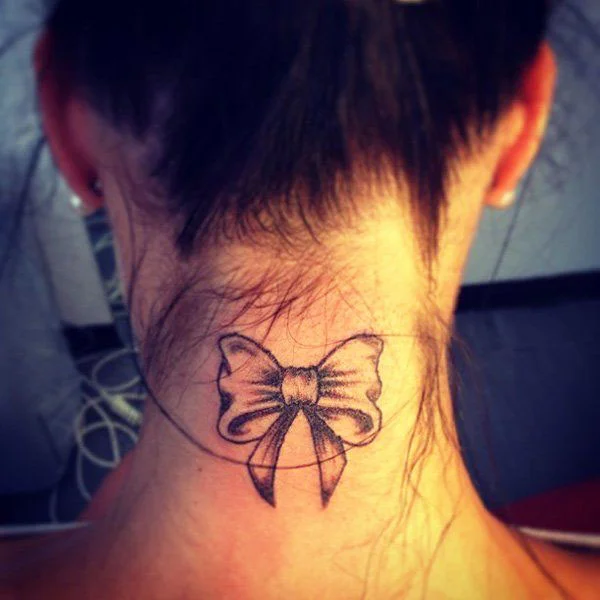


















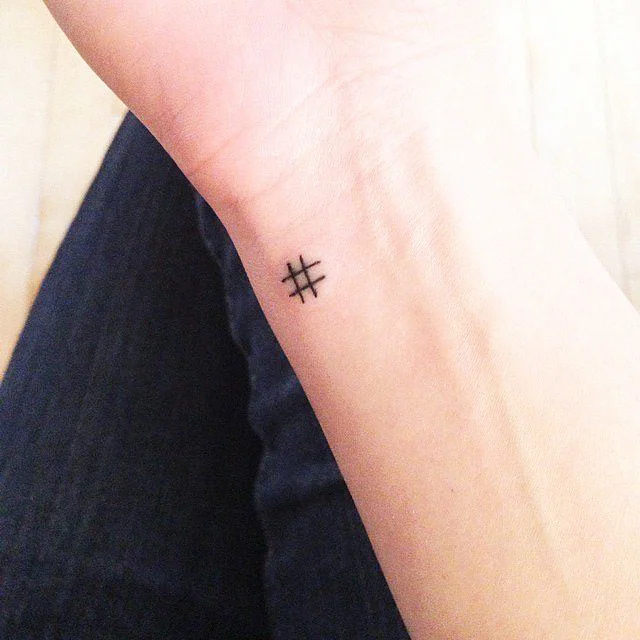
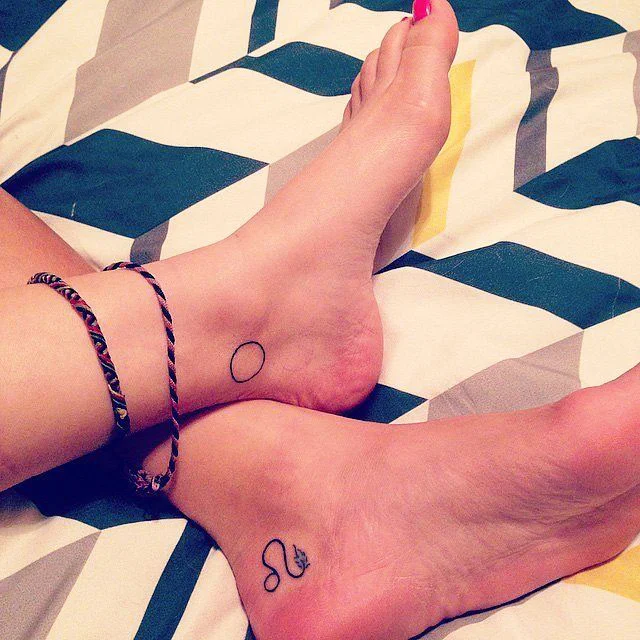












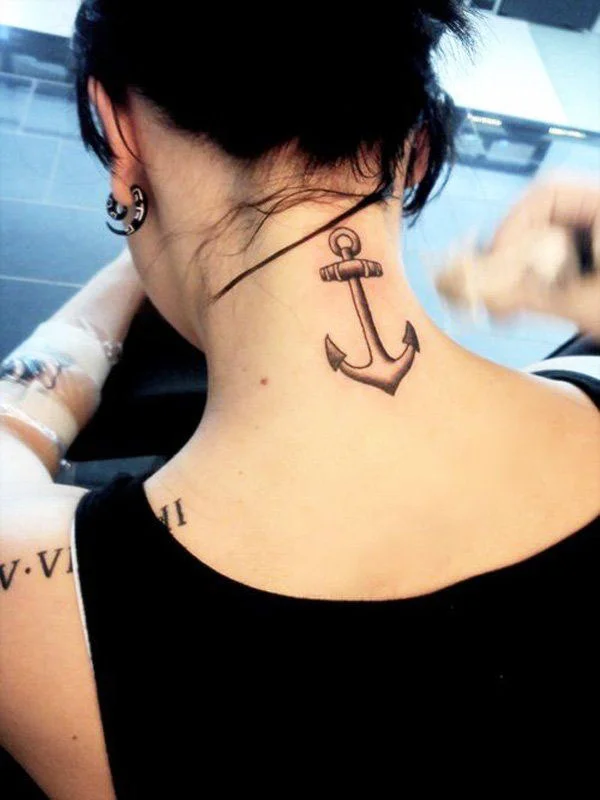






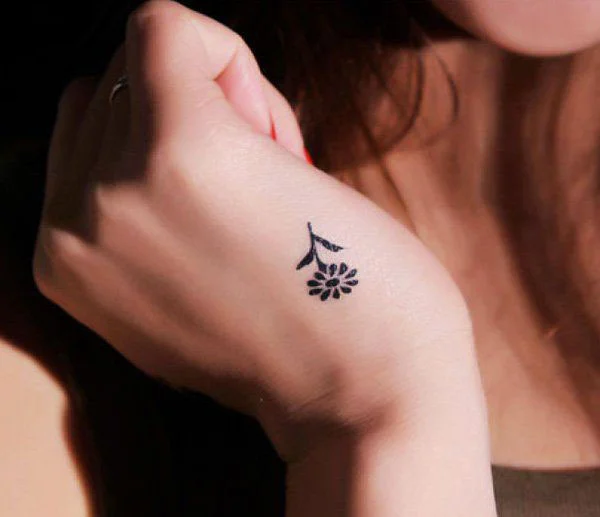












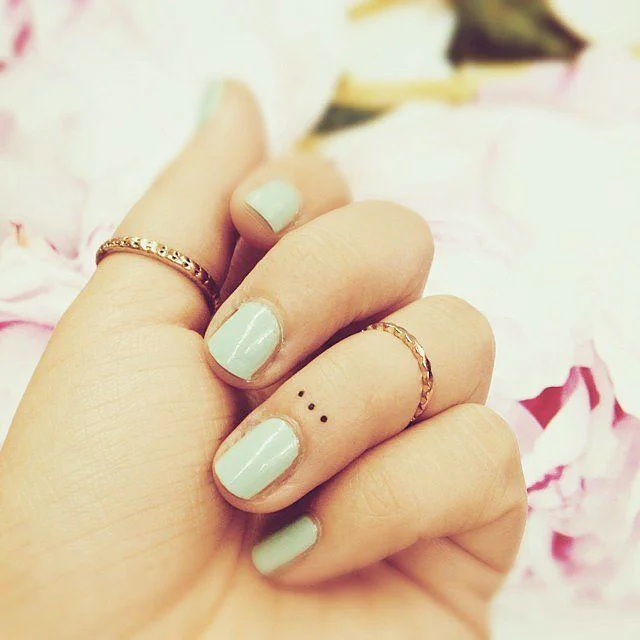
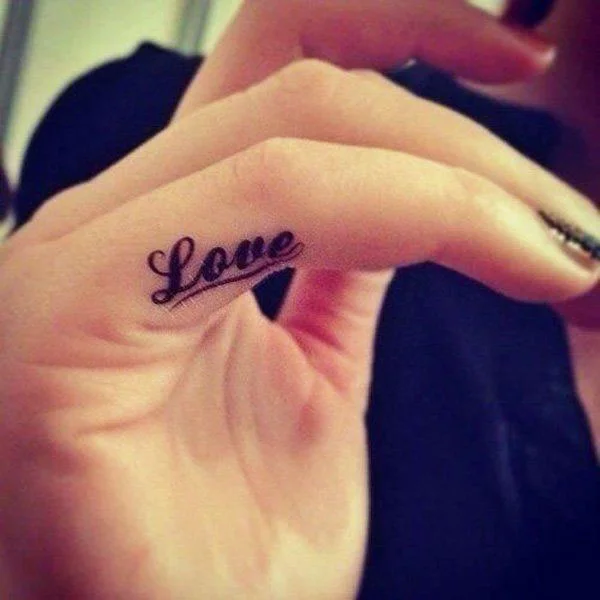


























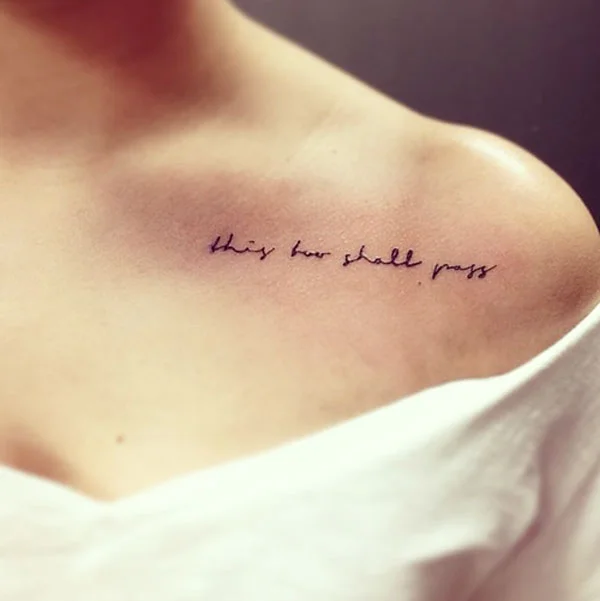


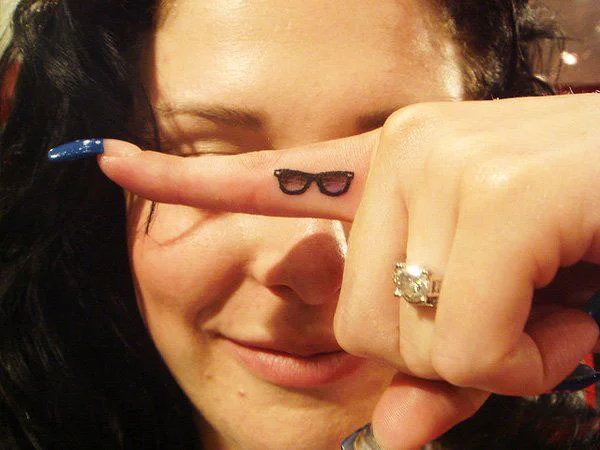




















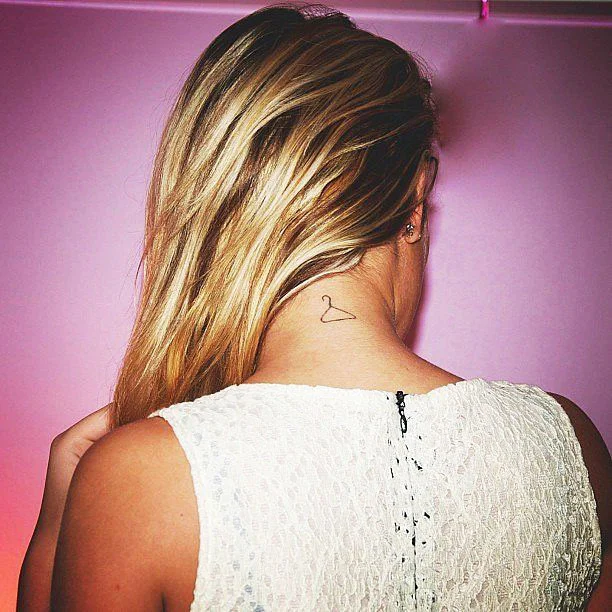























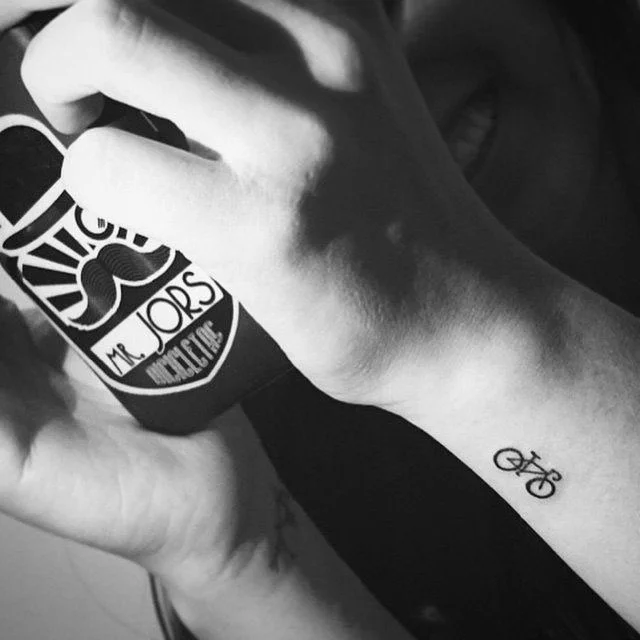



































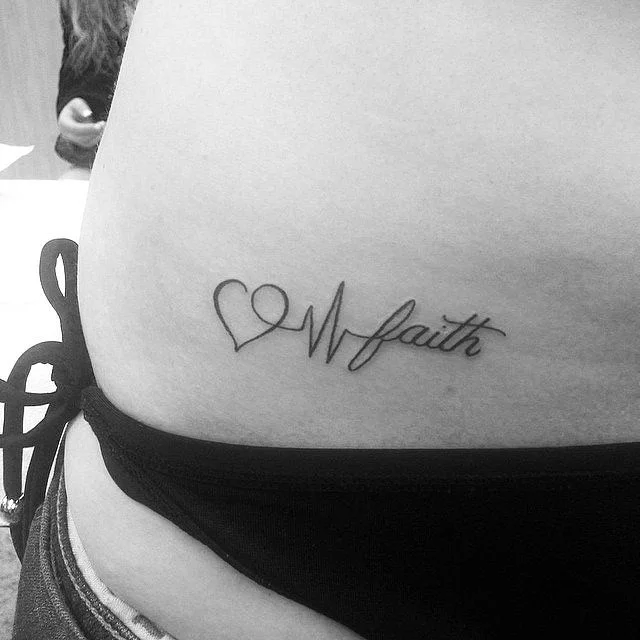

























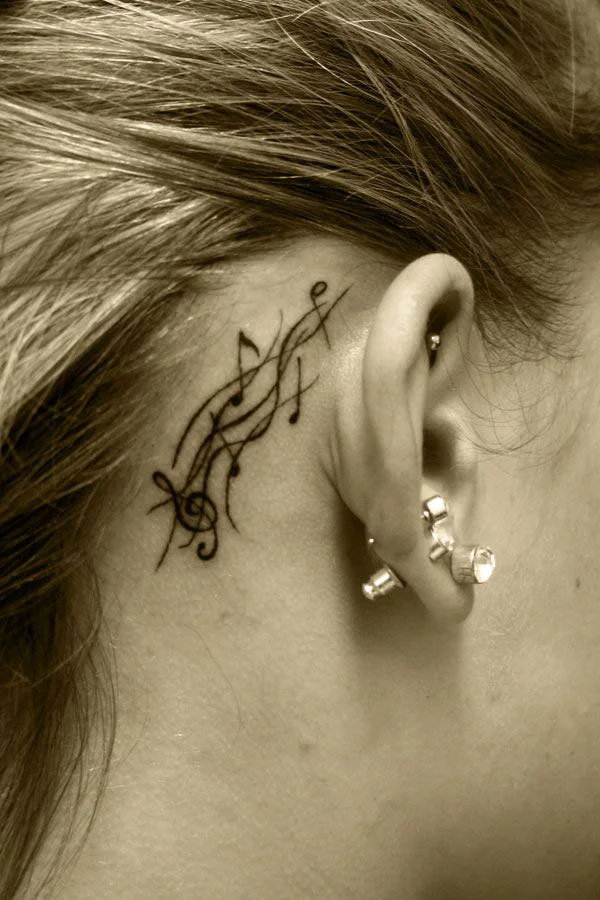




























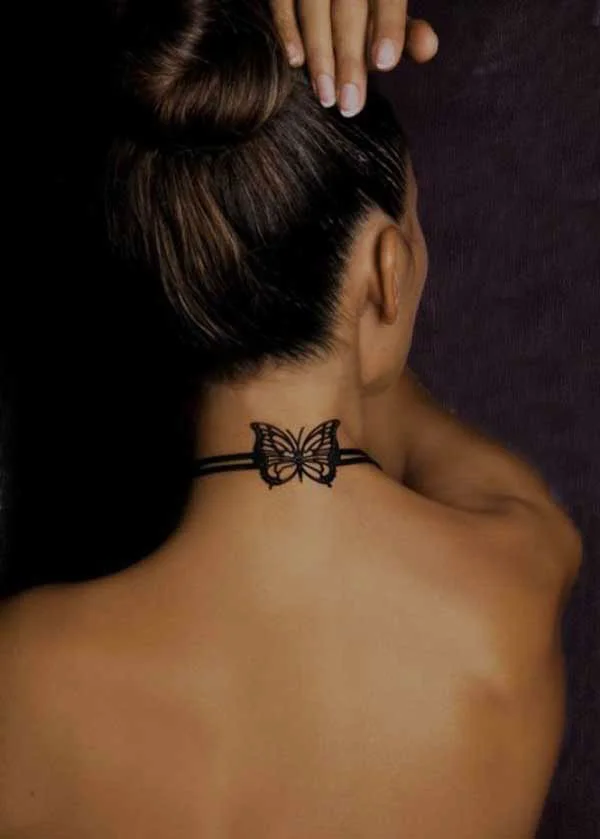






























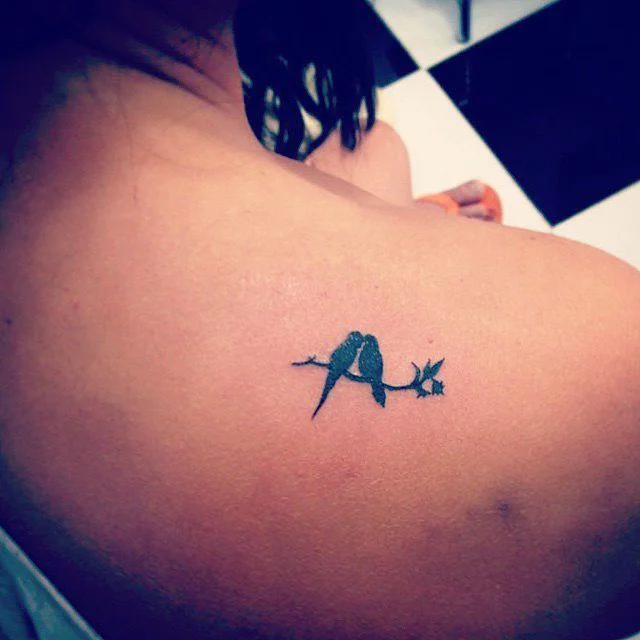


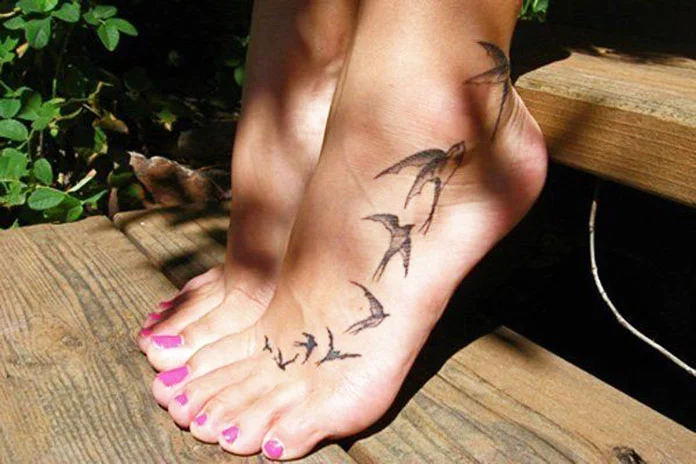











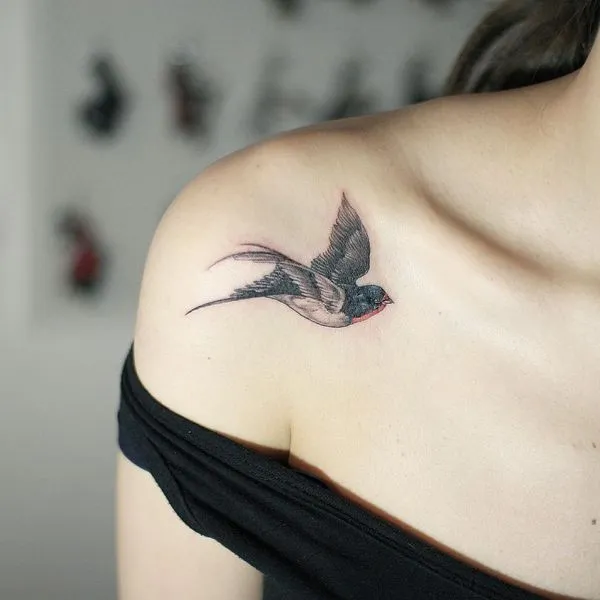










































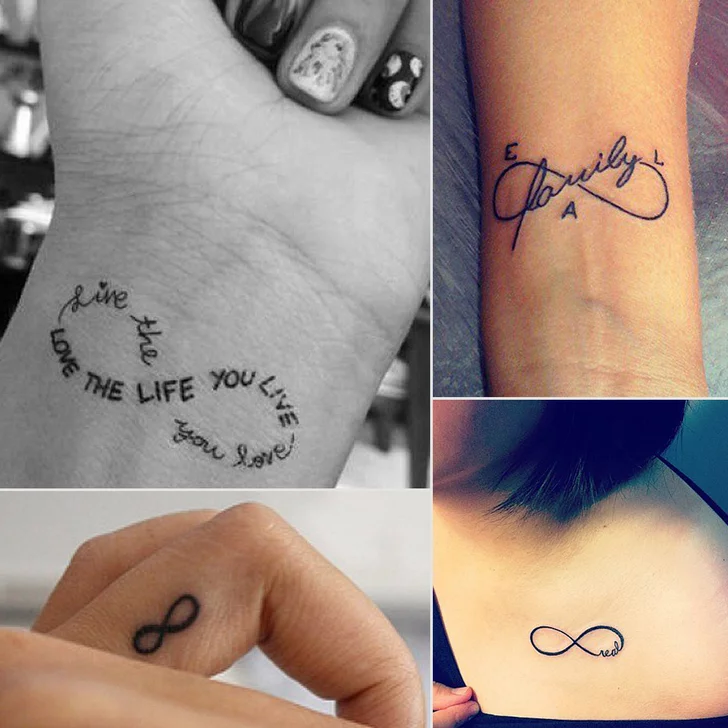































Comments